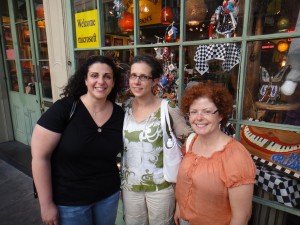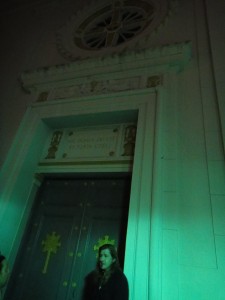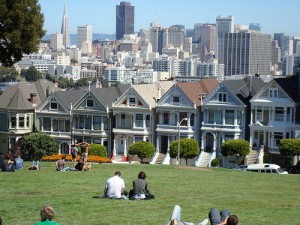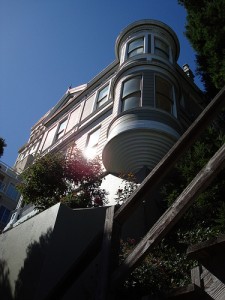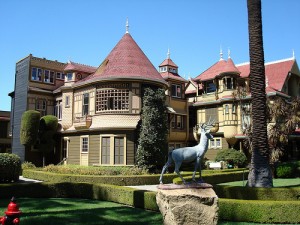One year, the Special Libraries Association had their Annual Conference in New Orleans. Library associations have their annual meetings in the summer, and often in warm places. The American Library Association, in particular, has this down to an art form, choosing a toasty locale for its annual conference (Miami Beach, for example), and a cold locale for its midwinter meeting (while Fairbanks isn’t large enough, Chicago is, and its convention center is at least three turnpike exits away from the nearest hotel, allowing everyone a chance to get frostbite).
One year, SLA met in Philadelphia during a heat wave. Philadelphia, as you may know, is basically one step up from reclaimed swampland, situated between two rivers and near the coast. Any time I stepped outside, that shower-fresh look disappeared. Well, this particular year, we traded the swap upgrade to the real McCoy. New Orleans. In June. While I love the Crescent City, I like it best in the spring and fall. Fortunately, the City that Care Forgot remembers air conditioning, so if you’re indoors, you’re fine. Summers here remind you why talcum powder was invented.
I was there with coworkers Juniper, June, Magdelaine, and Brad, and we thought it would be fun to go on a vampire walking tour of Vieux Carré. Several other librarians I knew were going to be on it, too. So we met at the Cathedral in Jackson Square as it was threatening rain. In fact, one person was even wearing a rain poncho and several had umbrellas.
Our tour began promptly at 8:00pm. Our tour guide was quite into the act, both in his dress and his manner of spinning vivid yarns. We were working our way upriver toward Esplanade and, as it was approaching 10:30, Brad lay down beneath a window unit, positioning himself so the condensate would drip directly into his mouth. Between drops, he said he wasn’t up to the rest of the tour, and would be returning to his hotel. After he assured us he would be fine, we carefully stepped over his body and soldiered on. I wasn’t too surprised about Brad, since I know his favorite warm weather destination is Vermont, and didn’t really think about what all this walking in a heat index of 105 or so was doing to my body.
When the tour concluded at 12:30 or so, I knew I wanted to get into my air conditioned room. It was also 1:30 my time, and I needed to be up the next morning. So I hoofed it to my hotel, which I chose for its location near the convention center, but it was in the Warehouse District, about 12-14 blocks from where I was. I stopped by Rouse’s Market, got three bottled waters, and drank one on the way. When I got to my room, I switched the air conditioning from Tepid to Meat Locker, drank the second bottle, and went to bed.
It wasn’t until I had consumed about three pitchers of iced tea the next day that I finally felt rehydrated.
Enjoy the Vampire Tour, but in moderation.
